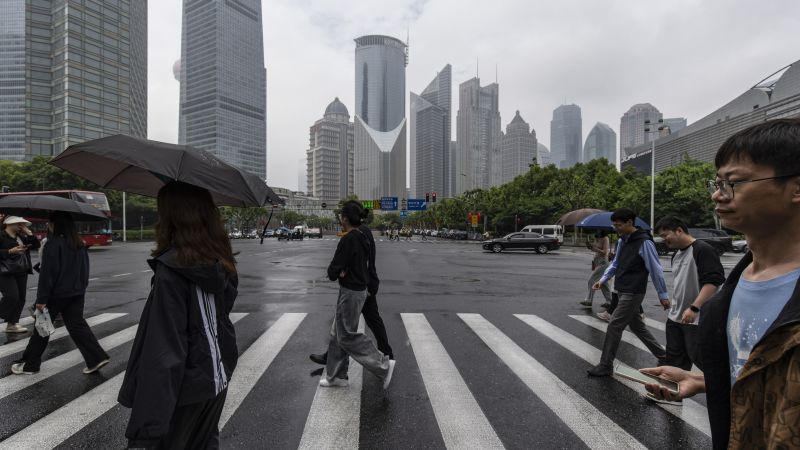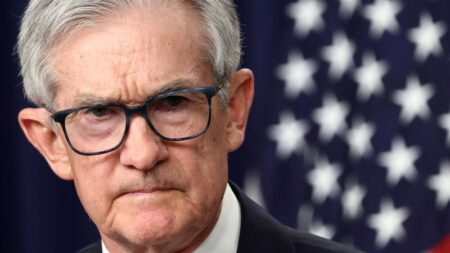In recent weeks, Chinese government bonds have seen a surge in investment, with prices rising and yields hitting record lows as investors seek a safe haven from the country’s struggling real estate and stock markets. The yield on China’s 10-year government bond reached 2.18% on Monday, its lowest level since records began in 2002. Yields on 20-year and 30-year bonds are also at historic lows.
The lower borrowing costs that come with the rise in bond prices should be positive for an economy grappling with a property crash, weak consumer spending, and uncertain business confidence. However, concerns are mounting about the possibility of a bubble forming in the bond market, echoing fears of a crisis akin to the collapse of Silicon Valley Bank (SVB) last year.
The People’s Bank of China (PBOC) has issued more than 10 warnings since April about the risks of a potential bond bubble bursting, which could destabilize financial markets and hinder China’s road to recovery. In an unprecedented move, the PBOC has announced plans to borrow bonds in order to sell them and control prices.
Governor Pan Gongsheng emphasized the need for a macro-prudential perspective in monitoring the financial market, particularly in light of the significant holdings of medium and long-term bonds by non-bank entities like insurance companies and investment funds. These entities could face serious risks if the bubble were to burst.
Similar to the situation with SVB in the United States, Chinese financial institutions have invested heavily in long-term government bonds, leaving them vulnerable to sudden changes in interest rates. A surge in bond purchases by financial institutions has been observed in the first half of this year, raising concerns about the potential impact of a bond market crash.
The recent intervention by the PBOC in the bond market marks the first time in history that such measures have been taken to address the growing frenzy for government bonds. The central bank’s decision to borrow and sell bonds aims to stabilize prices and prevent a potential crisis similar to that of SVB.
As bond yields continue to decline, risks to the Chinese economy increase, with concerns about deflationary pressures and capital outflows. The PBOC faces the challenge of maintaining a delicate balance between supporting economic growth and preventing the formation of a deflationary mindset.
The rapid decline in Chinese government bond yields poses risks not only to the country’s economy but also to its currency stability. The widening interest rate spread between the US and China could lead to capital outflows and further pressure on the Chinese yuan. It remains to be seen how the PBOC will navigate these challenges in the coming months.











